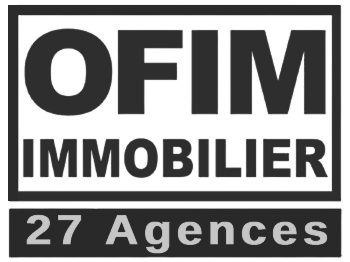A structured and secure approach that transforms outdated applications into modern tools without business disruption: each step minimizes risks, each deliverable brings immediate value to modernize your application assets.
The 8 steps follow a streamlined and optimized parallelism.
In-depth technical audit of your application: legacy code, architecture, performance, security, technical debt, and user pain points.
Functional and business analysis: current workflows, impacted processes, end users, existing integrations, and identified evolution needs.
Assessment of technical and business risks: critical dependencies, failure points, migration constraints, and optimization opportunities.
Final diagnostic with strategic recommendations: partial rebuild, full migration, or hybrid approach based on your business goals.
Assembling a technical expert team of 2 to 8 specialists depending on complexity: migration architects, senior developers, legacy experts, and DevOps.
Selection of profiles adapted to your current and target tech stack: cloud migration, framework modernization, secure refactoring.
Setup of secure working environments, controlled access to existing systems, and optimized collaboration tools.
Accelerated team onboarding to your application context, business constraints, and critical processes to preserve during migration.
Design of the target architecture: microservices, API-first, cloud-native or hybrid based on your constraints and modernization objectives.
Definition of the migration strategy: big bang, progressive module-based migration, or strangler fig approach depending on identified risks.
Planning of transition environments: staging, mirror pre-production, progressive switchovers, and secured rollback plans.
Preparation of data migration scripts, synchronization strategies, and validation protocols to ensure integrity.
Analysis of current user journeys: identification of pain points, outdated workflows, and UX improvement opportunities.
Redesign of interfaces while preserving positive habits: progressive modernization, respect for user familiarity, improved usability.
Interactive prototyping and continuous validation with your business teams: user testing, iterative adjustments, training on new flows.
Finalization of high-fidelity responsive and accessible mockups, incorporating user feedback and technical migration constraints.
Progressive refactoring of legacy code: framework modernization, performance optimization, resolution of identified technical debt.
Development of new features in parallel: modern APIs, responsive interfaces, missing modules aligned with your roadmap.
Comprehensive automated testing: code coverage, regression testing, migration validation, performance monitoring.
Continuous integration with validation environments: regular testable deliveries, short feedback loops, real-time adjustments.
Execution of data migration based on the defined strategy: batch migration, real-time synchronization, automated integrity validation.
Progressive reconnection of third-party systems: APIs, ERP, CRM, external services with integration testing and functional validation.
Configuration of new automations: optimized workflows, modernized notifications, secure bidirectional synchronizations.
In-depth training for your teams on the new tools: administration, user management, optimized daily use.
Full testing in real conditions: load, stress, critical workflows, system integrations, and recovery scenarios.
Migration validation with your teams: user acceptance, performance and stability validation.
Go-live planning based on the chosen strategy: progressive switchover, DNS switching, or parallel deployment with monitoring.
Intensive post-launch monitoring: real-time tracking, responsive support, immediate optimizations, and user assistance.
Proactive monitoring of the modernized application: performance, security, availability, and early detection of optimization opportunities.
Specialized refactoring technical support: rapid bug fixing, functional evolutions, secure version upgrades.
Long-term support for your teams: continuous training, best practices, and optimization of new workflows.
Planning of future evolutions: technical roadmap, new integrations, complementary modernizations based on emerging needs.
Discover how our experts can help you imagine, design, plan, and progressively build custom web applications that meet your specific needs, while providing ongoing support in close collaboration with your teams.





























